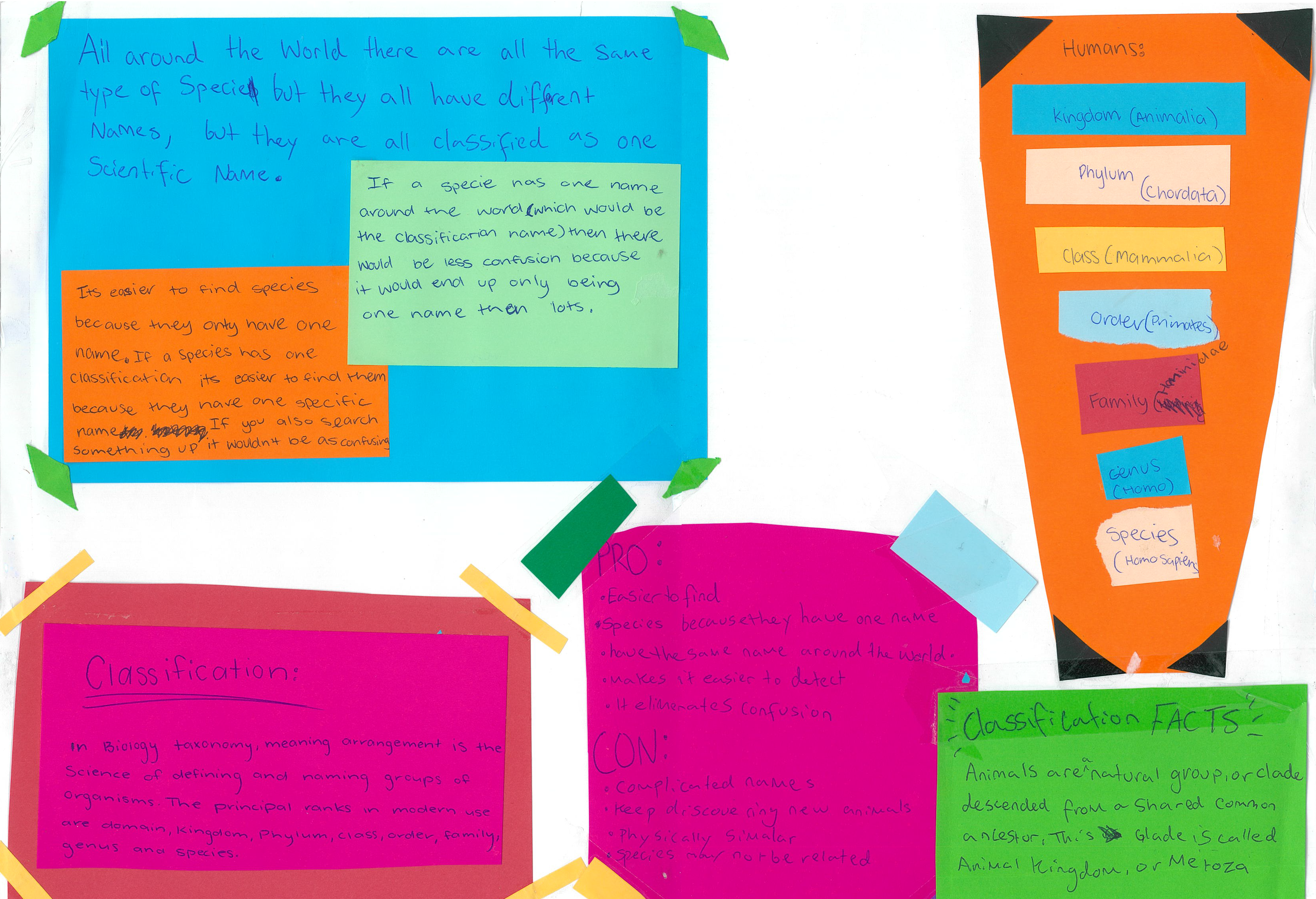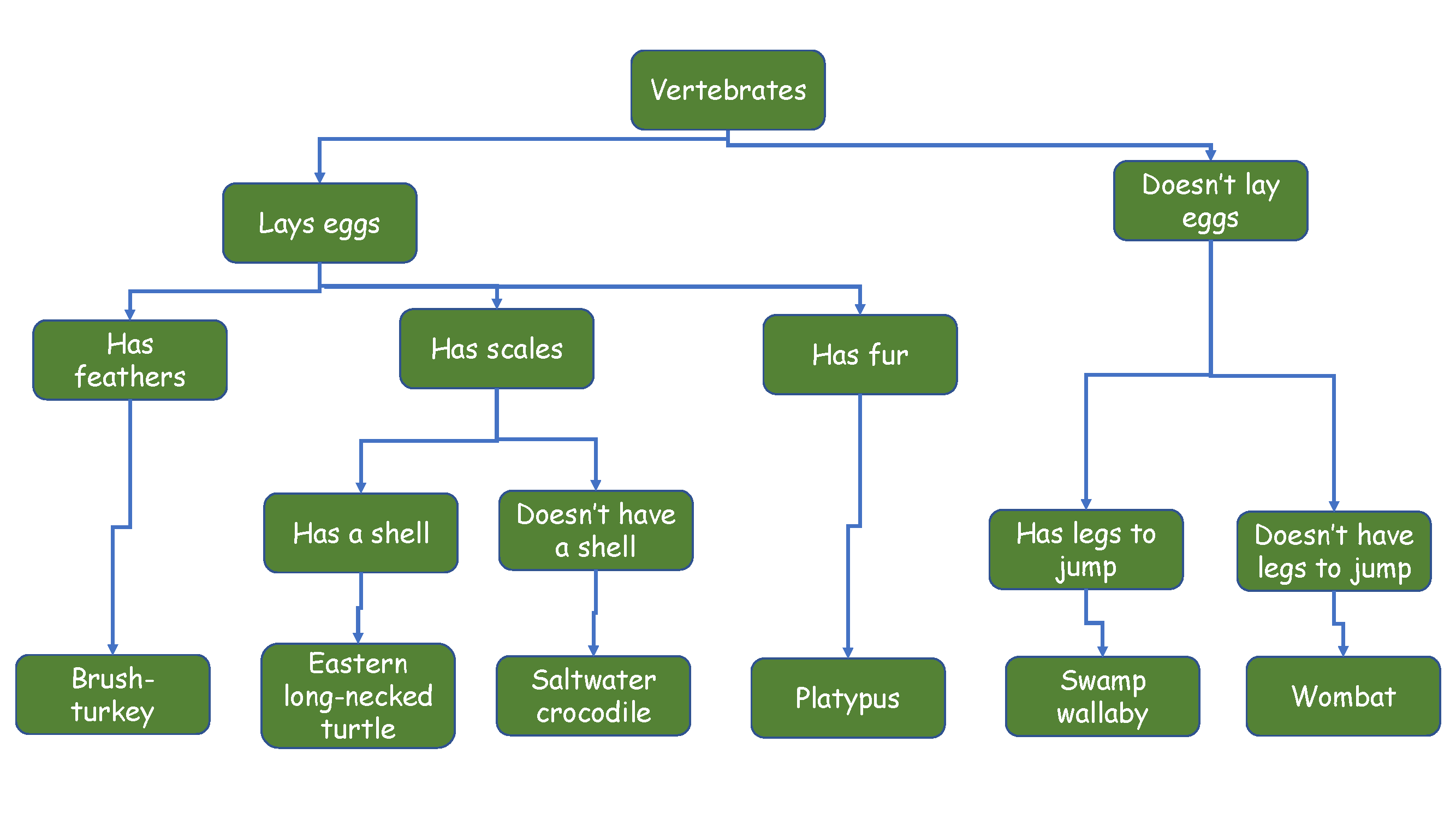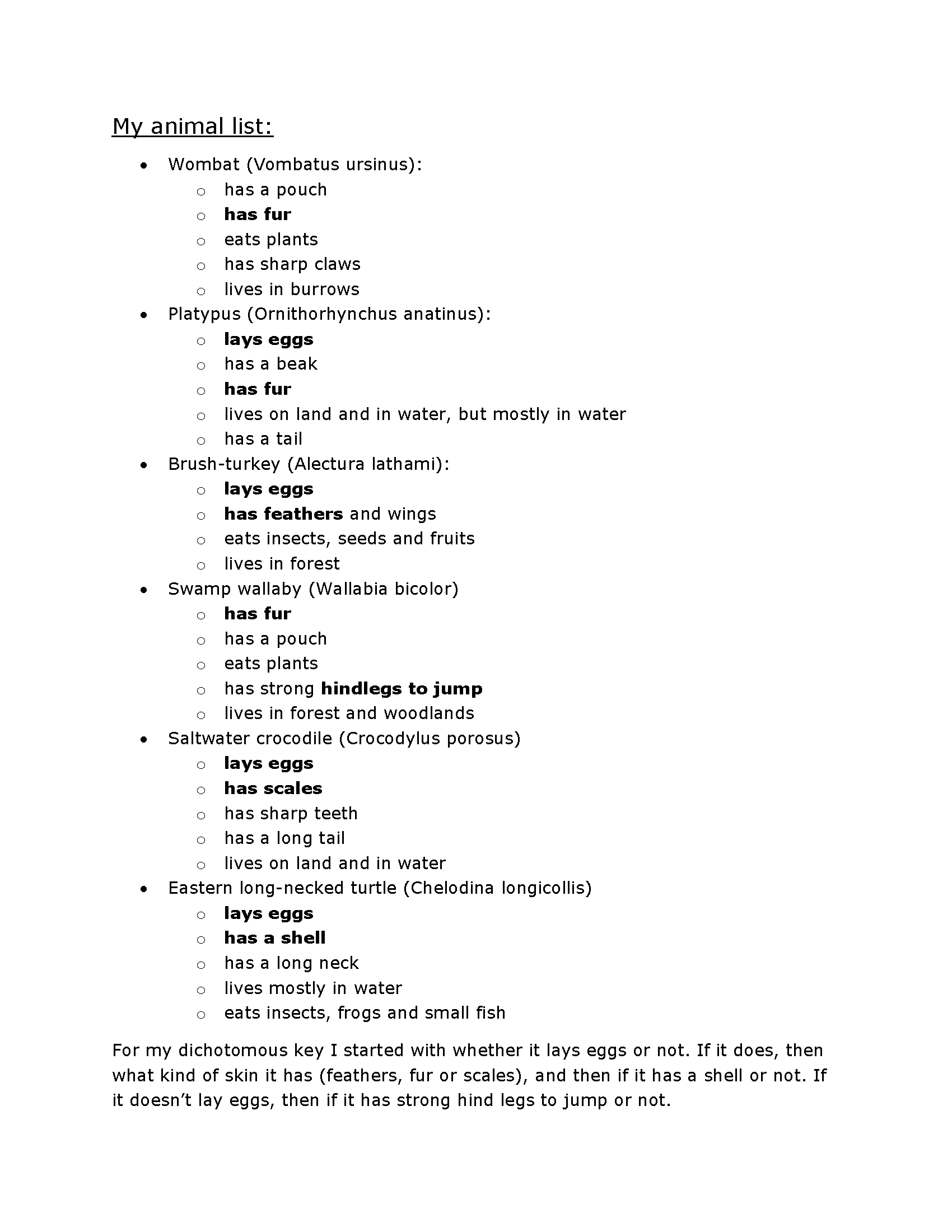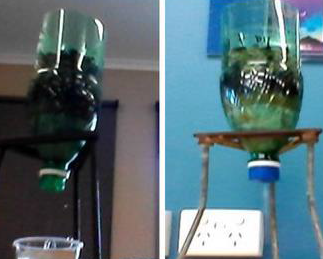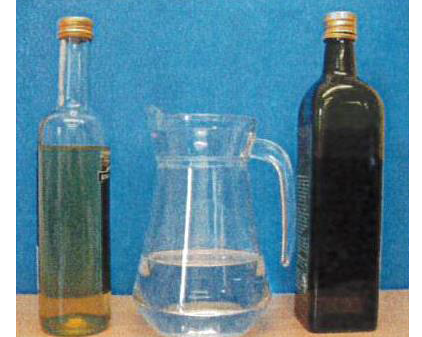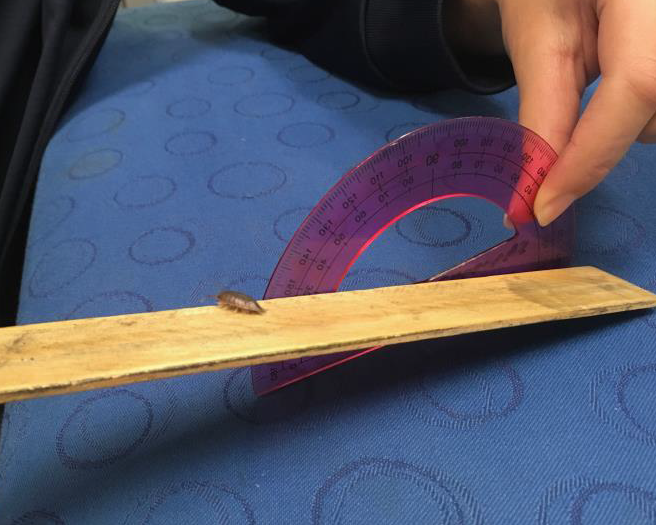Classifying animals
Summary of task
Students had investigated the role of classification in the biological sciences. After a visit to a local wildlife park, where students observed features and behaviours of Australian animals, they analysed how scientists develop hierarchical classification systems and reflected on the purpose of scientific classification of living organisms.
This work sample consists of two parts. In the first task, students were asked to discuss the function and purpose of scientific classification and research the correct taxonomic identification of an animal of their choice. Working in groups, they were asked to create a poster to present the results of their research together with their understandings of the nature and purpose of biological classification.
In the second task, students were asked to choose at least six of the Australian vertebrate land animals they had observed in the wildlife park. Using their own observations and additional research, students were asked to develop a dichotomous key that would allow them to identify each animal based on observable features. Working individually, students were asked to present their identification key in digital form along with a list of their chosen animals’ features and a brief description of how their key works. Students had been taught explicitly how to draw decision trees using a common software package.
Both tasks were performed as class activities over the course of two lessons.
